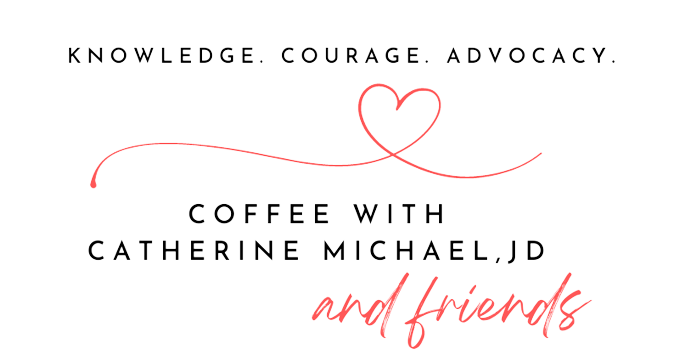Autism spectrum disorder (ASD) is often represented by the symbol of the puzzle - where we continue to look for each of the pieces that fit. Autism is a neurodevelopment disorder that is characterized by difficulties with social communication and social interaction and restricted and repetitive patterns in behaviors, interests, and activities.
For information on the diagnostic criteria: American Psychiatric Association’s Diagnostic and Statistical Manual, Fifth Edition (DSM-5) provides standardized criteria to help diagnose ASD on the CDC’s website.

Autism
Since IDEA outlines its own standard for autism eligibility, a medical diagnosis of autism alone is not what is necessary to qualify a student for special education and related services. Instead, eligibility under autism requires not only the diagnosis of it but that the disability results in the child’s need for special education services. Autism is a developmental disability that affects verbal communication and social interaction. 300 CFR 8(c)(1)(i).
Autism under IDEA means a developmental disability significantly affecting verbal and nonverbal communication and social interaction, generally evident before age three, that adversely affects a child's educational performance. Other characteristics often associated with autism are engagement in repetitive activities and stereotyped movements, resistance to environmental change or change in daily routines, and unusual responses to sensory experiences. Autism does not apply if a child's educational performance is adversely affected primarily because the child has an emotional disturbance, as defined in paragraph (c)(4) of this section. A child who manifests the characteristics of autism after age three could be identified as having autism if the criteria in paragraph (c)(1)(i) of this section are satisfied.

ABA and Educational Modality.
The good news is that IDEA allows a district to use any educational methodology that allows a student with a disability to receive FAPE. However, there has been a lot of controversy regarding securing Applied Behavior Analysis (ABA) as part of a student’s educational program in many states. Depending on where you live and the environment in your State your IEP team may take differing views on whether it is provided or even listed in the IEP.
The decision of whether to include a specific methodology in an IEP belongs to the IEP team and is based on the specific needs of that individual child. Every IEP must contain a "statement of the special education and related services and supplementary aids and services, based on peer-reviewed research to the extent practicable…..” 20 U.S.C. 1414 (d)(1)(A)(i)(IV).
Peer-reviewed research also applies to nonacademic areas, such as behavioral interventions. 71 Fed. Reg. 46,683 (2006).
Autism Resources.
Autism Speaks - This organization provides a variety of resources, definitions, and information.
Spectrum News - This site provides a news and resources for parents, caregivers, medical providers, and others interested in autism related topics.


